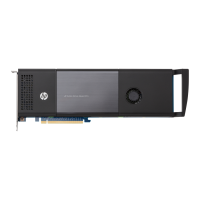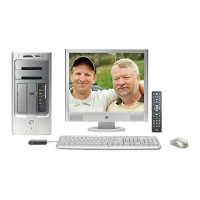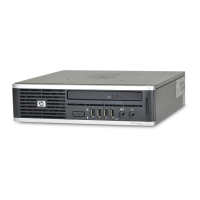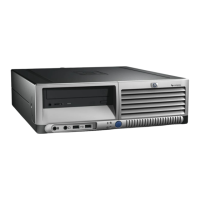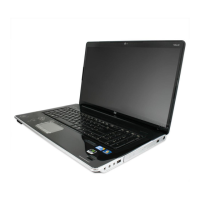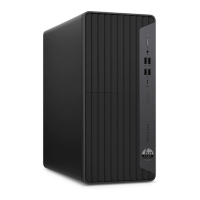SolutionCause
IMPORTANT: To avoid damage to the DIMMs or the system board, you
must unplug the computer power cord before attempting to reseat,
install, or remove a DIMM module.
1. Reseat DIMMs. Turn on the system.
2. Replace DIMMs one at a time to isolate the faulty module.
NOTE: DIMM1 or XMM1 must always be installed. DIMM1 must be
installed before DIMM3.
3. Replace third-party memory with HP memory.
4. Replace the system board.
Memory is installed incorrectly or is bad.
Solving network problems
Some common causes and solutions for network problems are listed in these tables. The guidelines do
not discuss the process of debugging the network cabling.
Network driver does not detect network controller
Use this information to troubleshoot the computer.
Solution
Cause
1. Run Computer Setup and enable network controller.
2. Enable the network controller in the operating system using Device
Manager.
To access Device Manager in Windows, type device manager in
the taskbar search box, and then select
Device Manager from the
list of applications.
Network controller is disabled.
Check the network controller documentation for the correct driver or
obtain the latest driver from the manufacturer’s website.
Incorrect network driver.
Network status link light never blinks
Use this information to troubleshoot the computer.
NOTE: The network status light is supposed to blink when there is network activity.
Solution
Cause
Check cabling and network equipment for proper connection.No active network is detected.
Check for the device status within Windows, such as Device Manager for
driver load and the Network Connections applet within Windows for link
status.
To access Device Manager in Windows, type device manager in the
taskbar search box, and then select
Device Manager from the list of
applications.
Network controller is not set up properly.
48 Chapter 5 Troubleshooting without diagnostics
